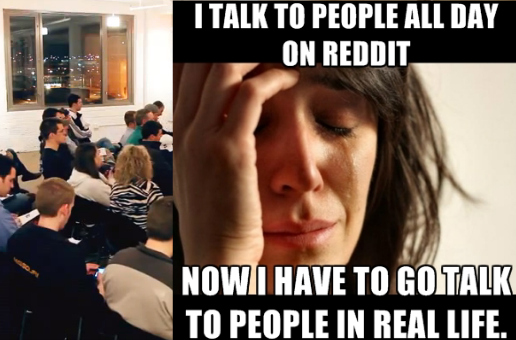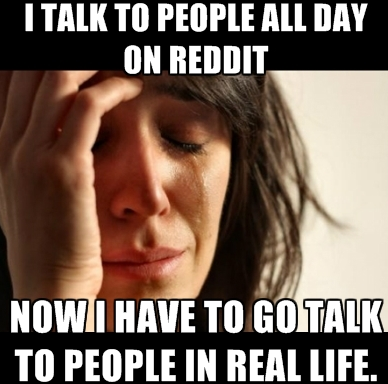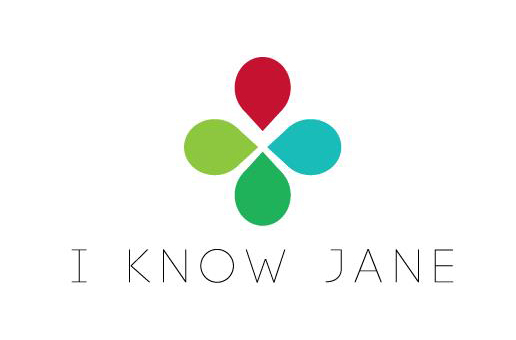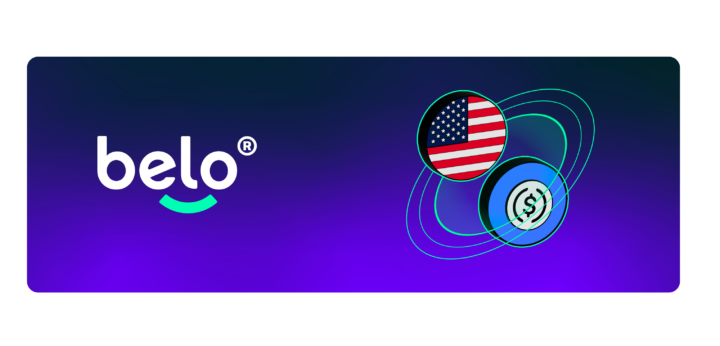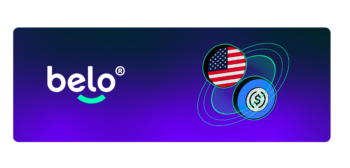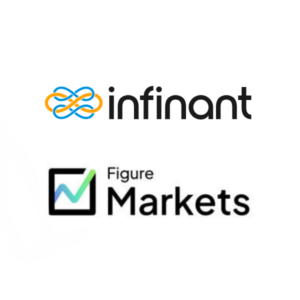If you want to waste a lot of time, tears, and evenings when you could be watching Game of Thrones instead, you should develop the app for your startup without talking to customers. If you want to test your hypothesis and develop customers before writing a single line of product code, you’ll have to get out of your workspace and in front of real people who have real problems that your startup could potentially solve. That’s what I did last week, and it made a huge difference in the product scope for the minimum viable product of my startup, Huedio.
My co-founder Chris and I have been attending every handmade and small-batch event that we can find here in Portland, OR, because we are building tools for businesses in this niche. It’s not hard in a community like Portland that is dedicated to handcrafting everything from bitter chocolate vodka to commuter bicycles. We’ve collected hundreds of business cards from potential customers at these events.
From these cards, I curated a short list of the people that I thought would have the most insight about our app idea. I cold emailed them and asked for a short meeting, and to my surprise, many said yes. Thus Chris and I began a long week of shlepping our laptops and backbacks around from the west side of Portland to the east side, and back again. I had to brush my hair and appear put together (which is difficult as you know if you read Mark Suster’s Entrepreneurshit post over the weekend), and in between meetings we scampered to the nearest coffeeshop to work on our “pay-the-bills” projects. Despite the craziness of the week’s scheduling, we learned many invaluable insights that changed the direction of a few of our feature ideas and solidified our main hypothesis. Here’s what we learned about customer development in the process.
Listen. Don’t talk.
You’ll probably be tempted to start talking about your product idea as soon as you sit down. Don’t. You are not there to sell your idea. Instead, set up the conversation to give the person you are meeting with permission to do most of the talking. This is what we said to set the tone of the conversation: “Thanks for meeting up with us. We’re building tools to help businesses like you and we have a hypothesis about what we want to build. We want to make sure that what we build it what you need, so we are here to listen to you talk about the pain points in your marketing efforts”. Obviously you should tailor the message to address your specific situation. Then, listen and take notes.
Don’t ask leading questions.
You may have to ask some follow up questions or prompts to move the conversation forward. Don’t ask leading questions. Leading questions are formatted to get the answer that you want to hear. This is a problem because it can result in a false positive response from your potential customers. Don’t ask questions like, “would you say that measuring social media influence is a big problem for you?” because there are only two answers. If the customer says yes, then you have a positive response that might confirm your hypothesis without providing you with real information. Instead, ask: “How do you measure your social media influence?”
Bring a mock-up of the product in its current form.
Because Chris and I are building our prototype right now, we didn’t bring a product to demo. We didn’t even bring wireframes of the potential product. Looking back, this was a mistake because our customers had a hard time envisioning the more abstract, forward thinking parts of our idea. For our next meeting, we will be bringing wireframes and photoshopped images for our customers to look at so that they can see our entire product vision. Remember, don’t show your mock-up until you have spent most of the meeting listening to your customer.
Talk about your app idea at the end of the conversation, and ask how much they would pay for it.
Once again, bring something physical for them to look at. Then, ask how much they would pay for it. Don’t be afraid to talk about money. The only thing worse than building something that people don’t want is building something that people think they want but wouldn’t pay for. We asked our customers how they make their purchasing decisions and they told us that it would have to generate measurable additional sales for them to pay for a new product.
Ask them if they know anyone else who may be interested in speaking to you.
Once you get the first few meetings, you’ll spend less time seeking out new prospects if you get referals from your first few meetings. Before you leave, ask your customer if they know anyone else who might be interesting in speaking with you. Chances are, the people that are most excited to speak to you at first are friendly folks who will be happy to connect you to their contacts if they think your startup is onto something interesting.
Follow up with a beta invite when your minimum viable product is complete.
When our private beta product is ready, the customers that we met with will be the first to know. We view these folks as our earliest potential product cheerleaders, and we will be sure to give them exclusive access to feature launches first. Even if they do not end up becoming superusers of our product when we launch, that’s ok. We still want to give them a chance to see our new product first.
Even if your product hypothesis is not validated, you will still gain valuable insight that will propel your product design forwad more than any discussion that you will ever have behind closed doors with other startup folks. Get out of the echo chamber of the startup scene, and go out and buy a few lattes for people who could become your best customers.

